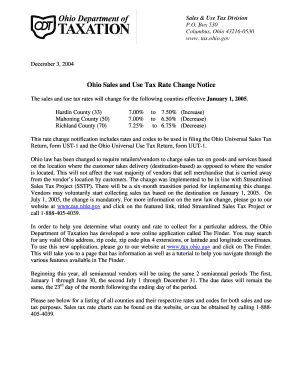Debt Policy at UST Inc.
1. What are the primary business risks associated with UST Inc.? What are the attributes of UST Inc.?
Evaluate from the viewpoint of a bondholder. (Your answer should be more qualitative than quantitative!) The following factors weave into the risks and attributes of the company from the creditors’ point of view:
A. UST had seven pending health related lawsuits at the end of 1998. The outcomes of these suits are uncertain. Despite the major Medicaid state settlements, lawmakers are expected to continue to push for new laws to combat youth tobacco use. Other litigation against tobacco companies is expected to continue, especially suits filed by individuals. This uncertain litigation and legislative
Powerhouse producer of moist smokeless tobacco One of most profitable American companies Dominant market share - 77% in 1998 Conservative debt policy Constant high dividend payouts Strong Brand Name Demand & Price Uncertainty According to Scura Paley (2012): “A leveraged. Debt Policy At Ust Inc. What are the primary business risks associated with UST Inc.? What are the attributes of UST Inc.? Evaluate from the viewpoint of a.
…show more content…
Debt Policy Ust Inc Pdf Download
Debt Policy Ust Inc Pdf Free
(a)Assume a 38% tax rate.
(b)Prepare a pro-forma income statement to analyze whether UST will be able to make interest payments.
(c)For the basic analysis, assume the $1 billion in new debt is constant and perpetual.
UST should undertake the $1 billion recapitalization.
The marginal effect on UST’s value of implementing the recapitalization, assuming that the plan is implemented immediately on January 1, 1999, is equal to the sum of the tax shield minus the present value of financial distress.
VL = VU + Tax Shield – Expected Bankruptcy Cost à VL = VU + tD - PV (Financial Distress) à VL = VU + tD - (probability of bankruptcy * cost of bankruptcy) à VL = VU + tD - (probability of bankruptcy * (g * VU))
Where g is some constant that is usually valued between 5% and 30%
Therefore, the marginal effect is:
?VL = tD - (probability of bankruptcy * (g * VU))
= (0.38)($1billion) - (0.0028)(0.30)($6.5billion)
= $0.375 billion
Notes:
(1) The probability of bankruptcy is inferred using an AAA credit rating (from lecture notes). See spreadsheet, row “EBIT interest coverage ratio.” The ratio after recapitalization falls into the AAA rank which has a ratio of 12.9.
(2) g, or the constant fraction of VU that we lose in event of bankruptcy, is given a conservative estimate of 0.30 for conservative reasons.
(3) VU, or the value of